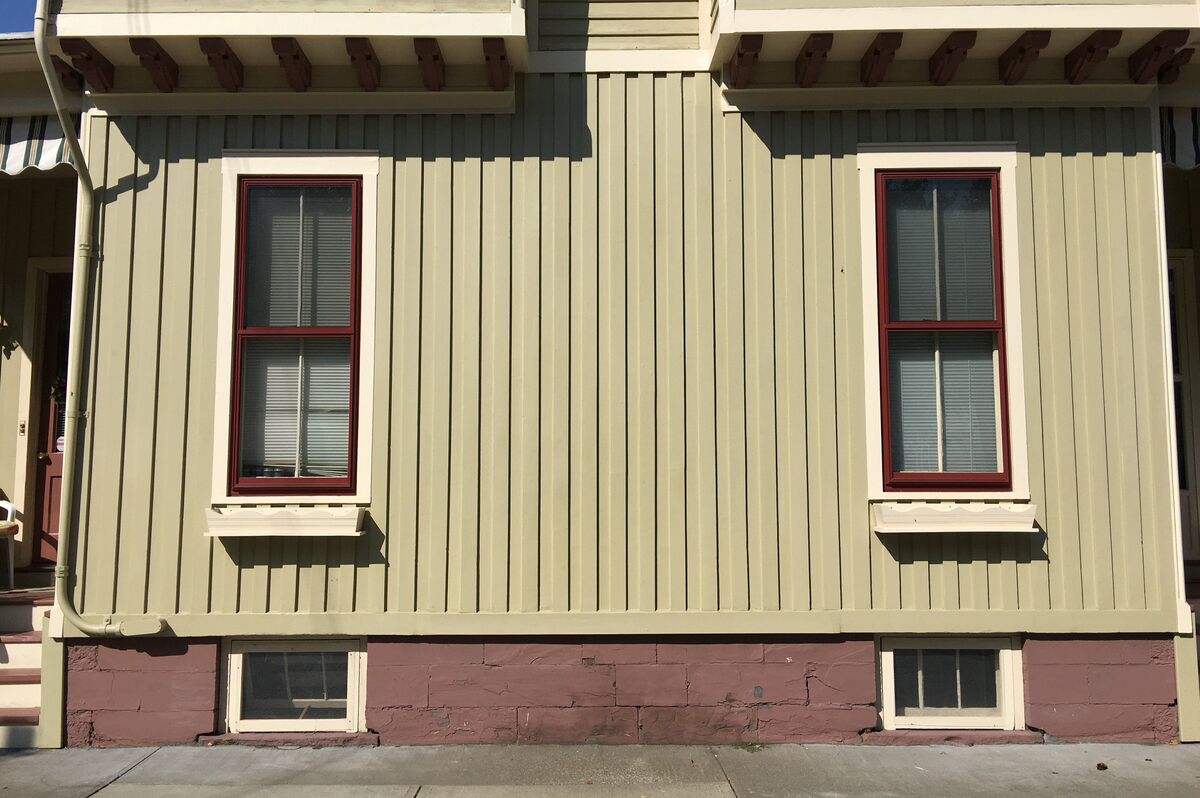

Articles
What Is Batten Board Siding
Modified: October 28, 2024
Discover everything you need to know about batten board siding in our informative articles. Explore the benefits, installation process, and design options for this popular siding choice.
(Many of the links in this article redirect to a specific reviewed product. Your purchase of these products through affiliate links helps to generate commission for Storables.com, at no extra cost. Learn more)
Introduction
Batten board siding is a popular choice for homeowners looking to add a touch of charm and character to their homes. This type of siding offers a classic, rustic look that can greatly enhance the aesthetic appeal of any property. Whether you live in a traditional farmhouse or a modern suburban home, batten board siding can add a unique and eye-catching element to your exterior.
In this article, we will explore the definition, history, installation process, benefits, drawbacks, maintenance, types, and cost of batten board siding. By the end, you will have a comprehensive understanding of this siding option and be better equipped to make an informed decision for your home.
So, let’s dive in and discover the world of batten board siding!
Key Takeaways:
- Batten board siding offers homeowners a versatile and visually appealing option to enhance the charm and character of their homes, providing design flexibility, durability, and enhanced curb appeal.
- While batten board siding comes with considerations such as initial cost and maintenance requirements, it offers a timeless and versatile option that can transform the appearance of a home, reflecting the homeowner’s unique style and creating an inviting exterior.
Definition of Batten Board Siding
Batten board siding, also known as board and batten siding, is a type of exterior cladding that consists of wide vertical boards with narrow strips called battens overlaying the seams between them. It is a popular architectural style that has been used for centuries, known for its durability and timeless charm.
The boards used in batten board siding can be made from various materials, including wood, fiber cement, and vinyl. They are typically between 6 to 12 inches wide and come in different lengths to fit the dimensions of the building. The battens, on the other hand, are usually around 2 to 4 inches wide and are installed vertically over the joints where the boards meet.
Batten board siding provides a distinctive look characterized by alternating wide boards and narrow battens, creating a textured and visually appealing façade. The battens play a practical role by covering the joints between the boards, helping to prevent moisture infiltration and increasing the siding’s overall stability.
One key feature of batten board siding is its versatility. It can be installed vertically, horizontally, or even diagonally, allowing homeowners to achieve various design styles and patterns. Vertical installation is the most common, as it showcases the characteristic alternating board and batten pattern.
This style of siding is commonly associated with traditional and rustic architectural designs, giving homes a charming and nostalgic feel. It is often seen on farmhouses, cabins, cottages, and historical buildings, but it can also be used to add an interesting touch to contemporary homes and structures.
Now that you have a clear understanding of what batten board siding is, let’s explore its history and how it has evolved over time.
History of Batten Board Siding
The use of batten board siding dates back hundreds of years and has roots in regional architectural traditions throughout the world. Its origins can be traced to medieval Europe, where it was commonly used as a practical and economical siding solution for rural and agricultural buildings.
In Europe, batten board siding was often made from timber, as wood was abundant and easy to work with. It provided an effective way to protect buildings from the elements and offered insulation against harsh weather conditions. The narrow battens were added to strengthen the overall structure and provide additional support.
As European settlers immigrated to the Americas, they brought their architectural styles and building techniques with them. Batten board siding became a popular choice for early American homes due to its durability and simple installation process. It was especially prevalent in areas with a strong Colonial influence, such as New England and the southern United States.
Over time, batten board siding evolved to incorporate different materials as advancements in technology allowed for more options. Wood continued to be a popular choice, but other materials like fiber cement and vinyl began to emerge, offering increased durability and reduced maintenance requirements.
In recent years, batten board siding has experienced a resurgence in popularity as homeowners seek to capture the charm and character of traditional architectural styles. It has become a sought-after option for both historical restoration projects and new construction alike, thanks to its timeless appeal.
Today, batten board siding can be found in a variety of architectural styles, from classic farmhouse designs to modern interpretations. Its ability to add warmth, texture, and visual interest to a home’s exterior has made it a favored choice among homeowners looking for a unique and distinctive look.
As we continue our exploration of batten board siding, let’s now delve into the installation process and discover how this siding is applied to buildings.
Installation Process of Batten Board Siding
The installation of batten board siding requires careful planning and precision to ensure a professional and long-lasting result. While the specific steps may vary depending on the material used and the design preferences, the following general process outlines the installation of batten board siding:
- Prepare the Exterior: Before the siding installation can begin, the exterior surface must be prepared. This includes cleaning the area, removing any existing siding, and repairing any damaged or rotten sections of the wall.
- Measure and Cut the Boards: The first step in the installation is to measure the height of the wall and cut the boards to the appropriate size. It’s important to account for the desired overlap and leave space for the battens.
- Install the Starter Strip: A starter strip, often made of a narrow strip of wood or metal, is installed at the bottom of the wall. This provides a solid base for the first row of boards and ensures proper alignment.
- Attach the First Row of Boards: The first row of boards is then secured to the wall, starting from one end and working towards the other. Each board is fastened with nails or screws, ensuring they are level and properly aligned.
- Add Battens: Once the first row of boards is in place, the battens are added. These narrow strips are installed vertically, covering the joints between the boards. They are typically spaced evenly and fastened securely to the wall.
- Continue Installing Boards: The process is repeated for the subsequent rows of boards, with each row overlapping the one below it. It’s important to maintain consistent spacing and ensure the boards are securely attached.
- Trim and Finish: Once all the boards and battens are installed, the siding may require trimming to fit around windows, doors, and other architectural features. Additionally, any exposed nail heads should be concealed, and finishing touches can be added as desired.
- Treat and Seal: Depending on the material used, it may be necessary to treat or seal the batten board siding to protect it from the elements and prolong its lifespan. Follow the manufacturer’s recommendations for proper maintenance and care.
It’s worth noting that the installation process may require additional steps or variations depending on the specific design preferences and materials chosen. Therefore, it is crucial to check the manufacturer’s guidelines and consult with professionals if needed.
Now that you understand the installation process, let’s explore the benefits that batten board siding can offer to homeowners.
Benefits of Batten Board Siding
Batten board siding offers a range of benefits that make it an attractive choice for homeowners seeking both aesthetic appeal and practical functionality for their homes. Let’s explore some of the key benefits:
- Enhanced Curb Appeal: Batten board siding adds character and charm to any home. Its distinct vertical pattern and alternating wide boards and narrow battens create a visually appealing texture that can significantly enhance the curb appeal of your property. It gives homes a timeless and traditional look, making them stand out in the neighborhood.
- Versatility in Design: Batten board siding provides homeowners with design flexibility. It can be installed vertically, horizontally, or diagonally, allowing you to create different patterns and styles. This versatility enables you to match the architectural style of your home or explore unique and creative design possibilities to express your personal taste.
- Durability and Weather Resistance: Batten board siding, especially when made from quality materials like fiber cement or vinyl, is highly durable and resistant to the elements. It can withstand extreme weather conditions, including heavy rain, strong winds, and prolonged exposure to sunlight, without warping, cracking, or fading. This weather resistance helps to protect the underlying structure of your home and minimizes the need for frequent repairs or replacements.
- Increased Energy Efficiency: Batten board siding, particularly when properly insulated, can contribute to improved energy efficiency within your home. The additional layer created by the battens and boards helps to provide insulation, reducing heat transfer through the walls. This can result in a more comfortable interior environment and potentially lower heating and cooling costs.
- Low Maintenance: Batten board siding is relatively low-maintenance compared to other siding materials. It does not require regular painting or staining, like wood siding does. Most modern materials used for batten board siding are resistant to pests, rot, and decay, eliminating the need for constant upkeep. Periodic cleaning with mild soap and water is usually sufficient to keep it looking fresh and clean.
- Long Lifespan: When properly installed and maintained, batten board siding can have an impressive lifespan. The durable materials used in its construction can resist wear and tear, ensuring the siding’s longevity. This saves you money in the long run by reducing the need for frequent replacements.
Overall, batten board siding offers a combination of aesthetic appeal, durability, and low maintenance that makes it an excellent choice for homeowners. However, it’s essential to consider the drawbacks as well, which we will explore next.
Batten board siding is a type of exterior cladding made of wide boards with narrow strips (battens) covering the joints. It provides a classic, rustic look and can be made from various materials such as wood, fiber cement, or vinyl.
Read more: How Much Does Board And Batten Siding Cost
Drawbacks of Batten Board Siding
While batten board siding possesses numerous benefits, it also has some drawbacks that homeowners should be aware of before choosing this type of siding for their homes. Let’s take a closer look at some of these drawbacks:
- Higher Initial Cost: Batten board siding, especially when made from premium materials like fiber cement or vinyl, can be more expensive to install compared to other siding options. The additional cost is often attributed to the unique design, material quality, and installation requirements associated with batten board siding.
- Potential for Moisture Intrusion: If the batten board siding is not properly installed or maintained, there is a risk of moisture intrusion. Water can seep into the gaps between the boards and battens, leading to mold, rot, or structural damage if not addressed promptly. It’s crucial to ensure proper caulking and sealing to prevent moisture infiltration.
- Increased Maintenance for Wood Siding: If you opt for real wood batten board siding, it will require more maintenance compared to other materials. Wood siding needs periodic painting or staining to protect it from moisture and UV damage. Regular inspections and maintenance are necessary to prevent rot or decay and maintain its aesthetic appeal over time.
- Limited Color Options: Depending on the material chosen for your batten board siding, there may be limited color options available. While some materials offer a wide array of color choices, others, particularly wood siding, might require painting or staining to achieve the desired color. This can add to the overall maintenance and cost of the siding.
- More Difficult to Retrofit: Retrofitting existing homes with batten board siding can be a challenge. The installation process may require additional measures to ensure proper attachment and insulation. This can add complexity and cost to the project, compared to installing batten board siding during initial construction or renovations.
- Style Limitations: While batten board siding provides versatility in terms of installation patterns, it may not suit every architectural style. If you have a modern or contemporary home design, the traditional and rustic look of batten board siding may not align with the overall aesthetic. It’s essential to consider the architectural style and desired visual effect before choosing this type of siding.
Although batten board siding has its drawbacks, many homeowners find that the benefits outweigh these limitations. Understanding these potential challenges allows you to make an informed decision best suited to your needs and preferences.
Now that we have explored the drawbacks, let’s move on to the maintenance requirements of batten board siding.
Maintenance of Batten Board Siding
Maintaining your batten board siding is important in preserving its appearance, durability, and protecting your home from potential damage. While the specific maintenance requirements may vary depending on the material used, here are some general tips for keeping your batten board siding in great condition:
- Regular Cleaning: Periodically clean your siding to remove dirt, dust, and debris. Use a soft-bristle brush or a mild soap solution and water to gently scrub the surface. Rinse off thoroughly with clean water to prevent any residue from building up.
- Inspect for Damage: Routinely inspect your batten board siding for any signs of damage, such as cracks, loose boards, or gaps. Address any issues promptly to prevent further damage and maintain the integrity of your siding.
- Trim Vegetation: Trim back any bushes, trees, or vines that are in close proximity to your siding. Overgrown vegetation can lead to moisture retention and potential damage to the siding. Keeping plants at a safe distance helps to minimize these risks.
- Recaulk and Seal: Check the caulking and sealing around the joints, seams, and edges of your batten board siding. Over time, caulk can deteriorate or crack, allowing moisture to penetrate. Replace any compromised caulk and reseal as necessary to maintain a watertight seal.
- Repaint or Restain (for wood siding): If you have wood batten board siding, it may require periodic repaint or restain to protect it from moisture and UV damage. Follow the manufacturer’s recommendations for the appropriate paint or stain and ensure proper surface preparation before applying the new finish.
- Inspect and Maintain Fasteners: Regularly check the fasteners (nails, screws, etc.) securing your batten board siding. Replace any loose or damaged fasteners promptly to ensure the siding remains securely attached and resistant to strong winds or other external factors.
- Address Mold or Mildew: If you notice any signs of mold or mildew on your batten board siding, treat it immediately to prevent further growth and damage. Use a mildew cleaner or a mixture of water and bleach (followed by a thorough rinse) to remove the mold and inhibit future growth.
- Follow Manufacturer’s Recommendations: Different materials may have specific maintenance requirements, so it is crucial to follow the manufacturer’s recommendations for your particular batten board siding. This could include specific cleaning products to use, recommended maintenance intervals, and any special care instructions.
By following these maintenance practices, you can extend the lifespan and beauty of your batten board siding. Regular upkeep ensures that your siding remains in optimal condition, protecting your home and preserving its appeal for years to come.
Now, let’s explore the different types of batten board siding options available in the market.
Different Types of Batten Board Siding
Batten board siding offers homeowners a variety of options when it comes to materials and styles. Let’s explore some of the different types of batten board siding available in the market:
- Wood Batten Board Siding: Traditional and timeless, wood batten board siding adds a natural and rustic charm to any home. It is available in various wood species, such as cedar, pine, and redwood. Wood siding requires regular maintenance, including staining or painting, to protect it from the elements and maintain its appearance.
- Fiber Cement Batten Board Siding: Fiber cement batten board siding is a durable and low-maintenance option. It is made from a mixture of cement, sand, and cellulose fibers, creating a strong and resistant product. Fiber cement siding is available in different textures and can mimic the look of wood while offering superior durability and resistance to fire, moisture, and pests.
- Vinyl Batten Board Siding: Vinyl batten board siding is a popular choice for its durability, affordability, and low maintenance. It is made of PVC (polyvinyl chloride) and offers excellent resistance to weathering, rot, and insects. Vinyl siding comes in a wide range of colors and finishes, and it does not require painting or staining. However, it can be susceptible to fading over time due to exposure to sunlight.
- Composite Batten Board Siding: Composite batten board siding combines different materials, such as wood fibers and polymers, to offer the benefits of multiple materials in one product. It provides durability, resistance to rot, insects, and weathering. Composite siding is available in various styles and can closely resemble the appearance of natural wood without the same maintenance requirements.
- Metal Batten Board Siding: Metal batten board siding, typically made from steel or aluminum, offers a sleek and modern aesthetic. It is lightweight, durable, and resistant to fire, pests, and rot. Metal siding is available in various colors and finishes, allowing homeowners to achieve a contemporary look with the characteristic batten board pattern.
Each type of batten board siding has its own set of advantages and considerations. It is essential to weigh factors such as desired aesthetics, durability, maintenance requirements, and budget before selecting the best option for your home.
Now that we have explored the different types of batten board siding, let’s discuss the cost considerations associated with this type of siding.
Cost of Batten Board Siding
The cost of batten board siding can vary depending on several factors, including the type of material used, the size of your home, labor costs, and any additional features or customization options. Let’s break down the cost considerations for different types of batten board siding:
- Wood Batten Board Siding: Wood siding can range in price, depending on the wood species and quality. Cedar is a popular choice for its natural resistance to decay and insects, but it can be more expensive compared to other woods. Pine is more affordable but may require more maintenance. Expect to pay between $6 to $12 per square foot for wood batten board siding, including materials and labor.
- Fiber Cement Batten Board Siding: Fiber cement siding is a mid-range option in terms of cost. It offers excellent durability and low maintenance. The price typically falls in the range of $8 to $14 per square foot, including installation. Additional costs may be incurred if there are any customization requirements or if additional insulation is needed.
- Vinyl Batten Board Siding: Vinyl siding is an affordable option for homeowners on a budget. It is low maintenance and comes in a wide range of colors and finishes. The cost typically ranges from $4 to $8 per square foot, including installation. However, keep in mind that additional costs may apply for any customization or special features.
- Composite Batten Board Siding: Composite siding offers the benefits of multiple materials in one product and can closely mimic the look of natural wood without the same maintenance requirements. Composite batten board siding typically ranges from $8 to $12 per square foot, including installation. The actual cost may vary depending on the specific brand, style, and any additional customization options.
- Metal Batten Board Siding: Metal siding is a premium option that provides a modern and stylish look. It is highly durable and resistant to fire and pests. The cost of metal batten board siding can range from $10 to $15 per square foot, including installation. Additional costs may apply for any special finishes or customization requirements.
Please note that these are general estimates, and the actual cost of batten board siding for your specific project may vary. It is recommended to obtain quotes from multiple contractors and suppliers to compare prices and determine the most suitable option for your budget and needs.
Now that we have considered the cost aspect, let’s wrap up our journey through batten board siding.
Conclusion
Batten board siding is a versatile and visually appealing option for homeowners looking to enhance the charm and character of their homes. Whether you prefer a traditional, rustic look or a modern aesthetic, batten board siding offers a range of styles and materials to suit your taste and needs.
In this article, we’ve explored the definition of batten board siding, its rich history, the installation process, as well as the benefits and drawbacks associated with this type of siding. We’ve also examined the importance of regular maintenance and the different types of batten board siding available in the market.
While batten board siding offers many advantages, such as enhanced curb appeal, design flexibility, and durability, it also comes with considerations such as initial cost, maintenance requirements, and style limitations. It’s crucial to carefully weigh these factors when selecting the most suitable option for your home.
Whether you choose wood, fiber cement, vinyl, composite, or metal batten board siding, it’s important to follow proper installation techniques and perform regular maintenance to ensure its longevity and visual appeal. Consult with professionals and refer to manufacturer guidelines to ensure you make informed decisions and properly care for your siding of choice.
Ultimately, batten board siding can transform the appearance of your home, adding a touch of charm and personality. It not only protects your home from the elements but also allows you to express your unique style and create an inviting exterior that reflects your personal taste.
So, if you’re looking to enhance the beauty and value of your home, consider batten board siding as a timeless and versatile option that can truly make a difference. Embrace the charm and character it brings, and enjoy the lasting benefits it offers.
If you're keen on giving your home's exterior a durable and attractive finish, consider exploring different siding materials that stand the test of time. For those who prefer hands-on home improvements, numerous DIY home projects are available that can transform your living space without breaking the bank. Both guides offer practical advice and creative ideas to enhance your home efficiently and effectively.
Frequently Asked Questions about What Is Batten Board Siding
Was this page helpful?
At Storables.com, we guarantee accurate and reliable information. Our content, validated by Expert Board Contributors, is crafted following stringent Editorial Policies. We're committed to providing you with well-researched, expert-backed insights for all your informational needs.
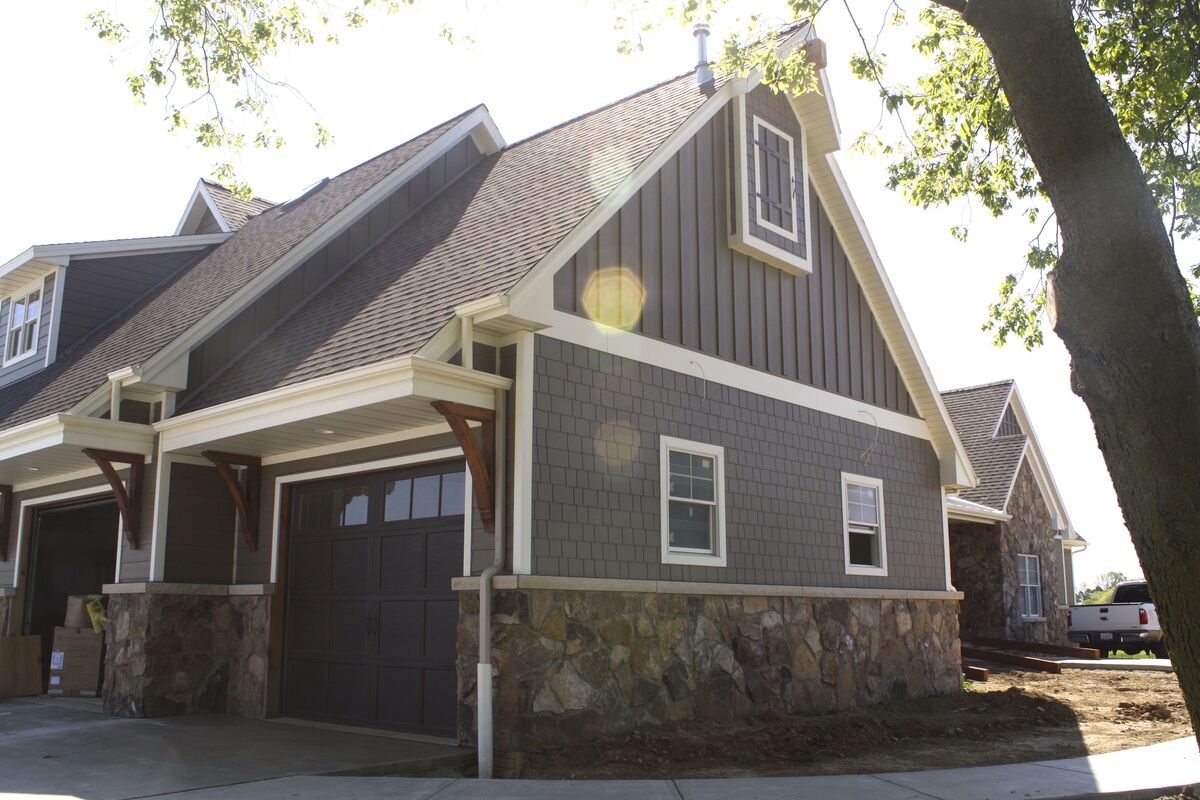
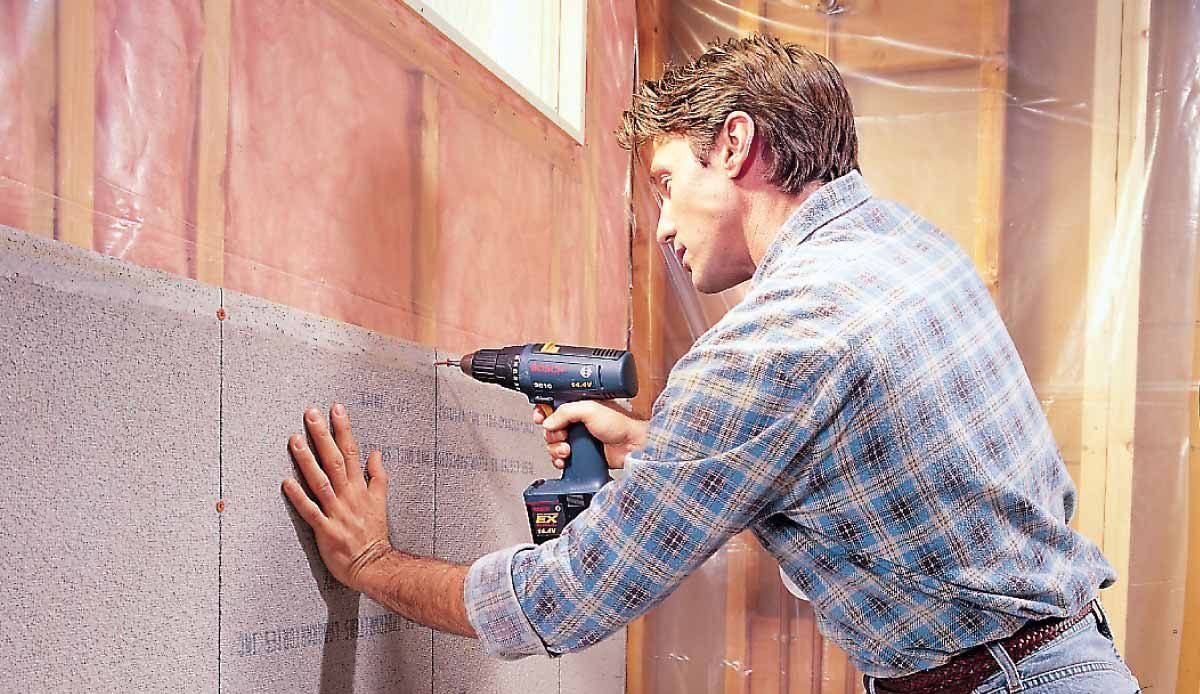
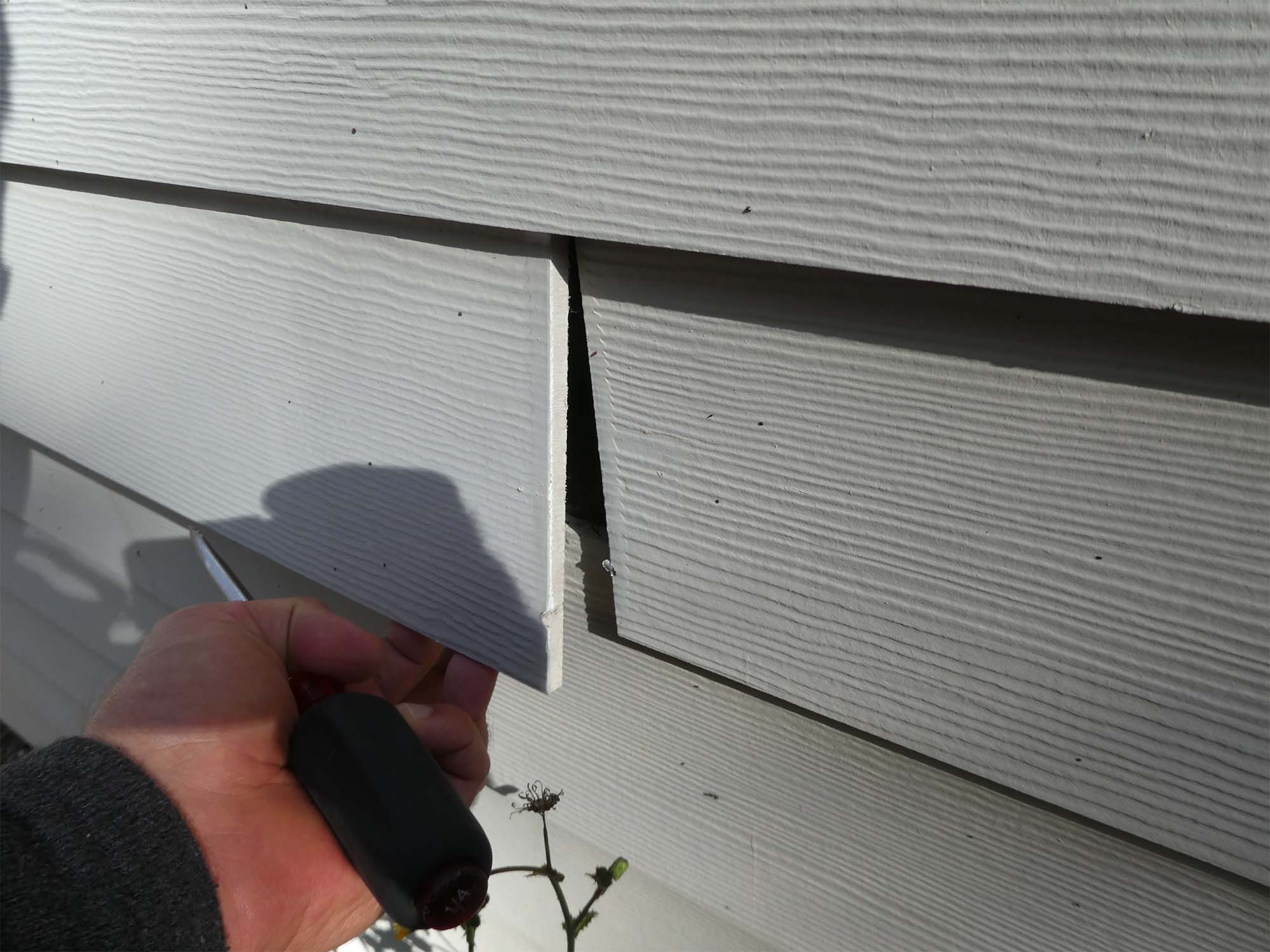
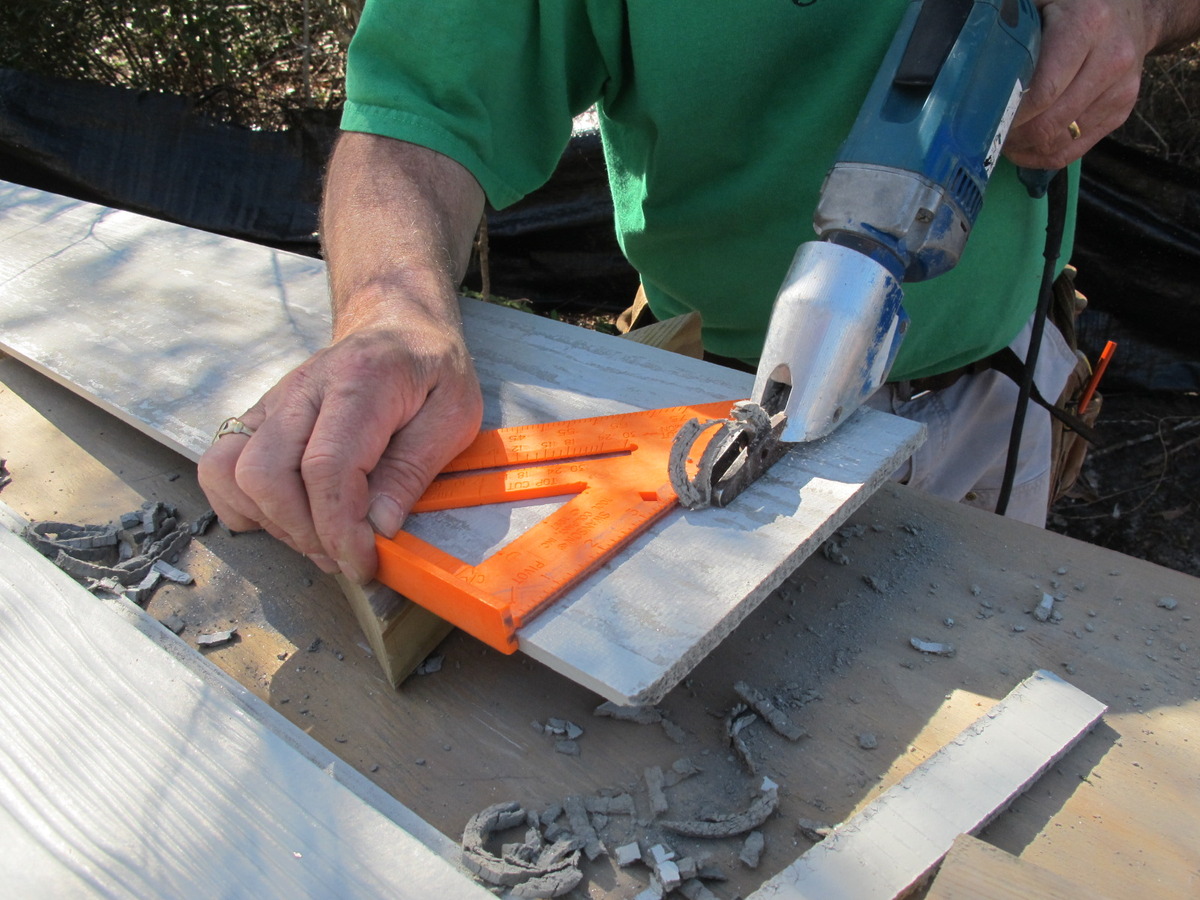

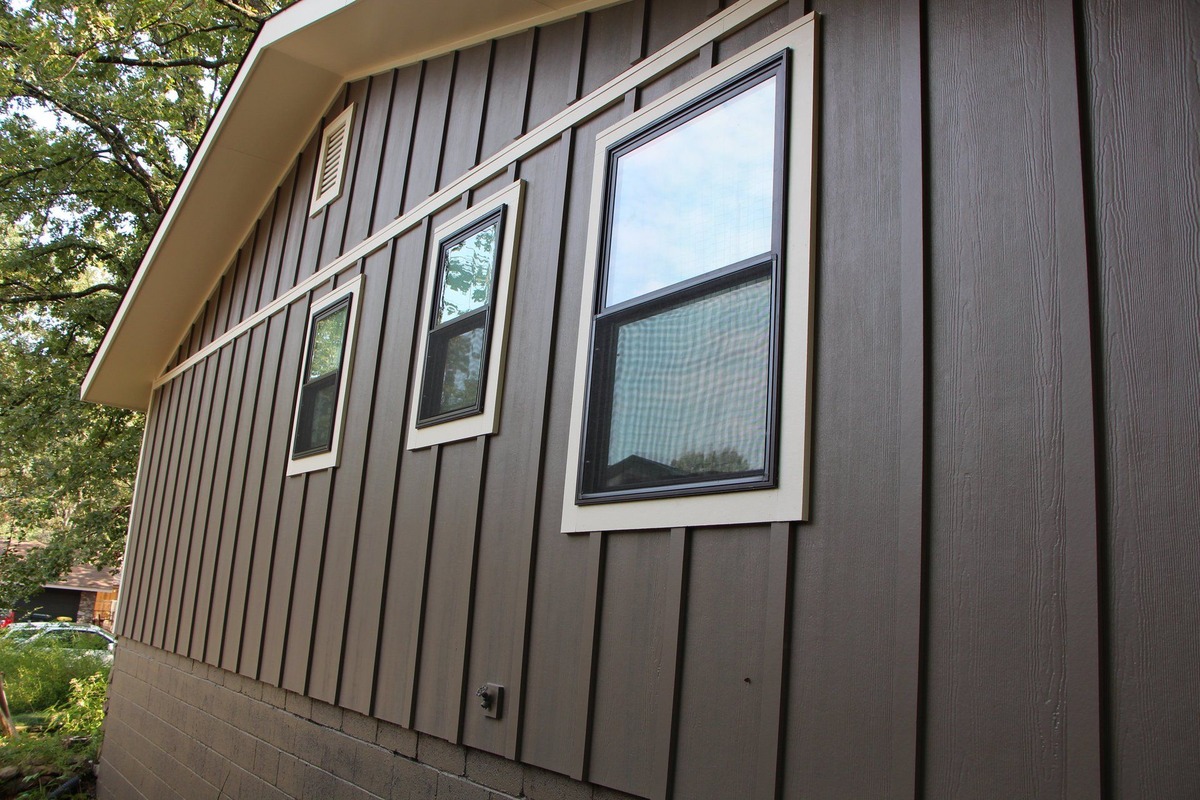

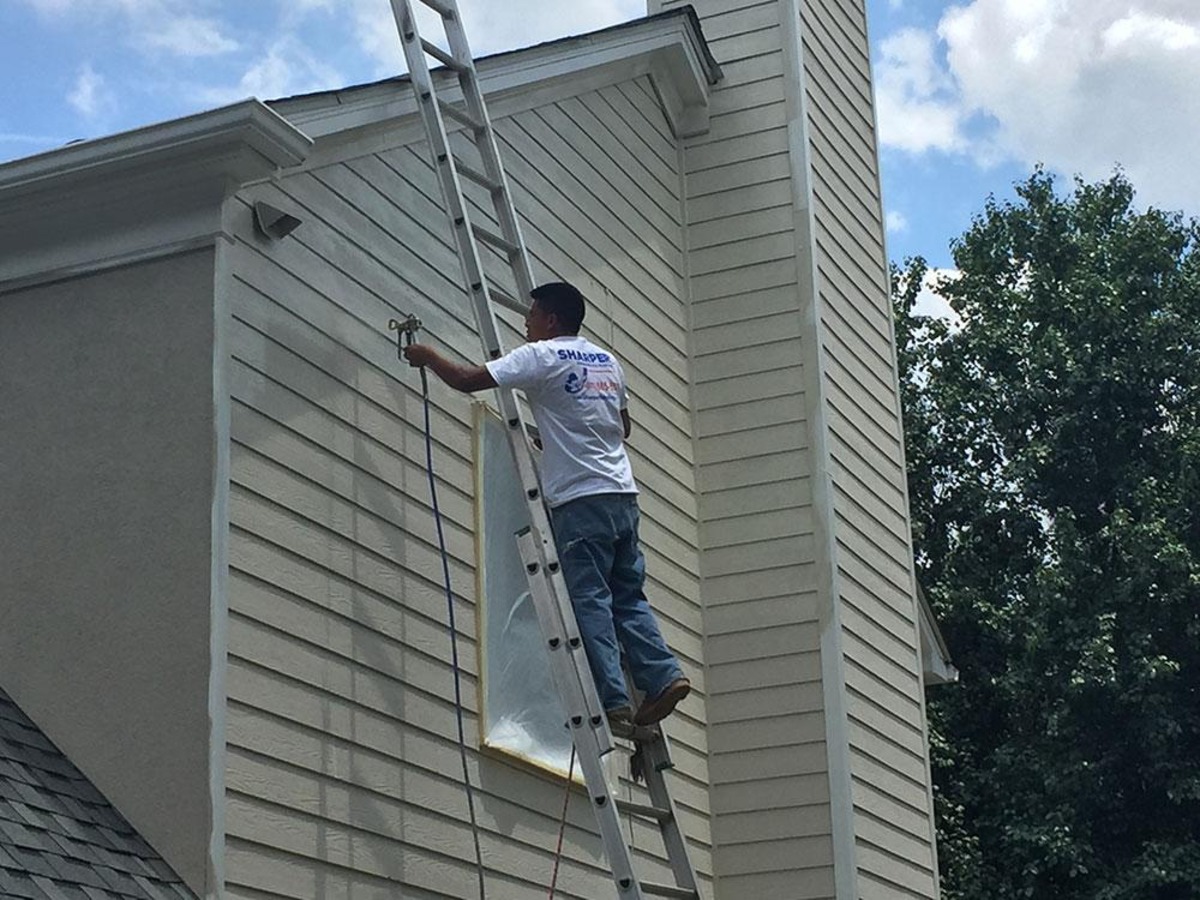
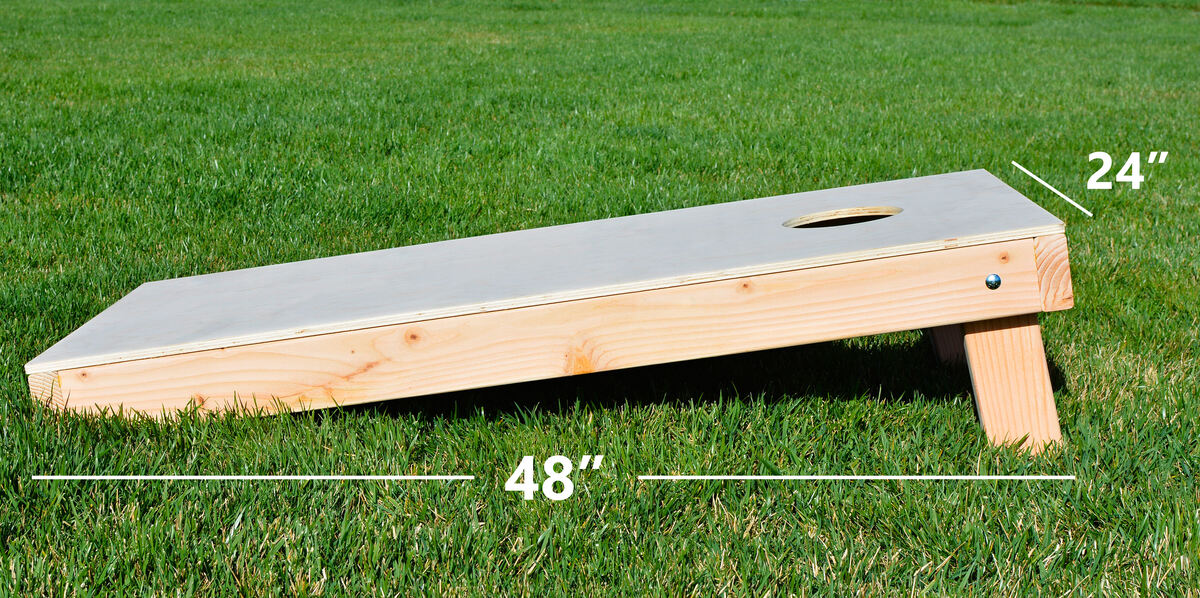
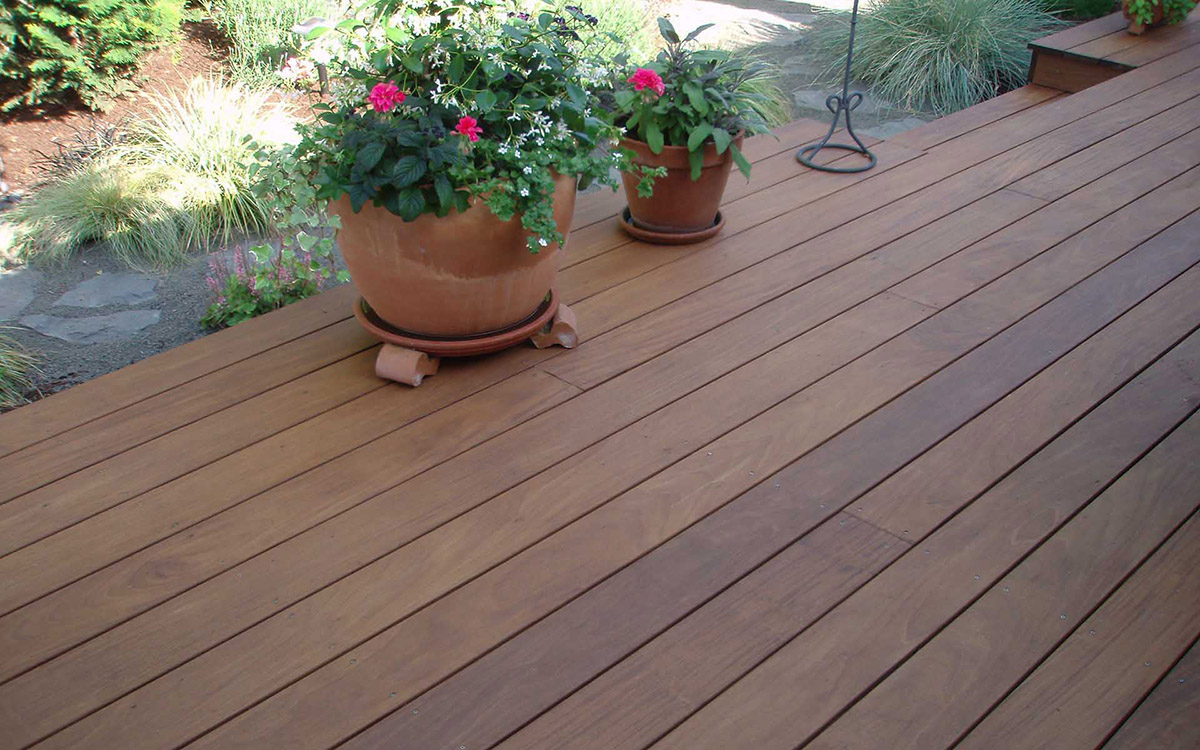
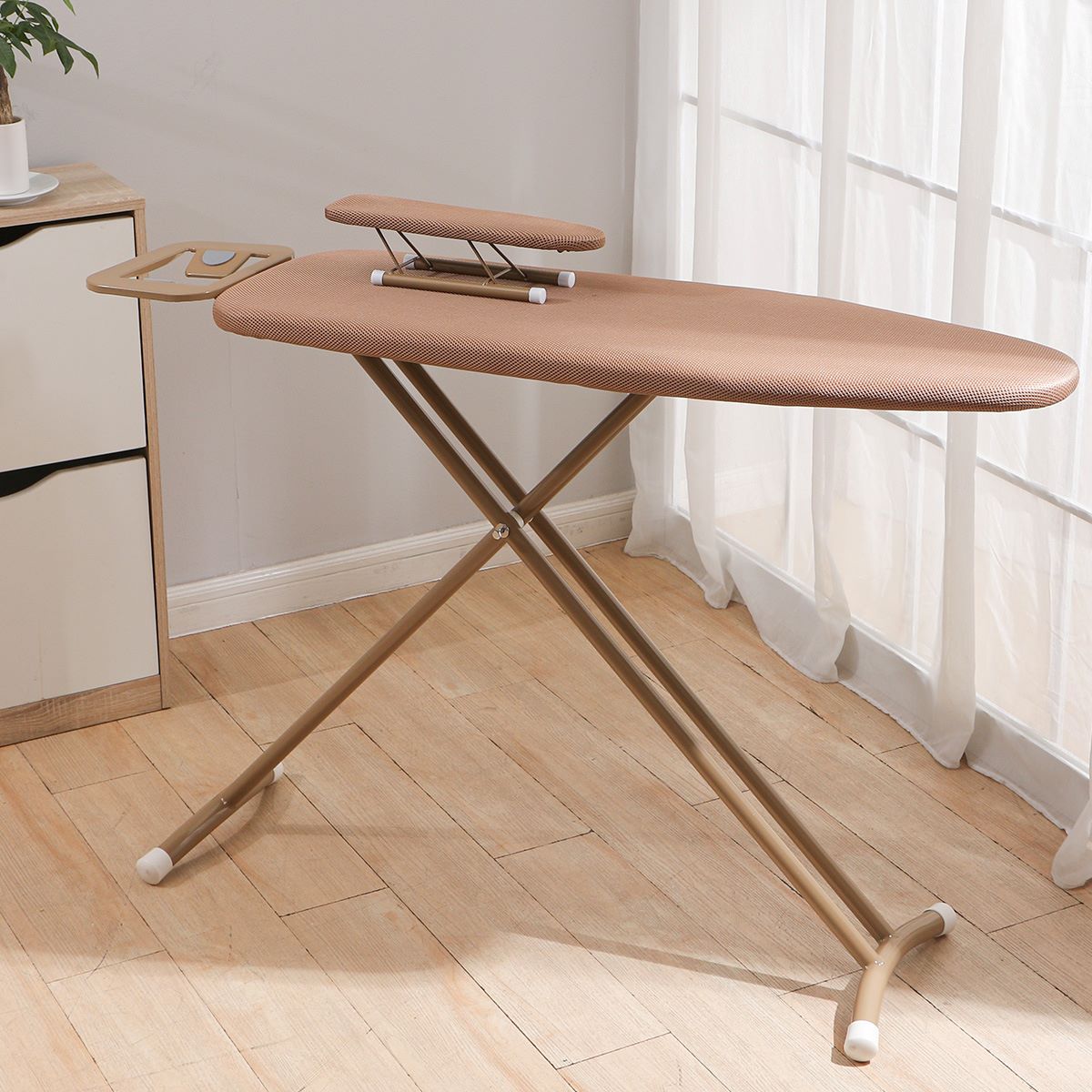
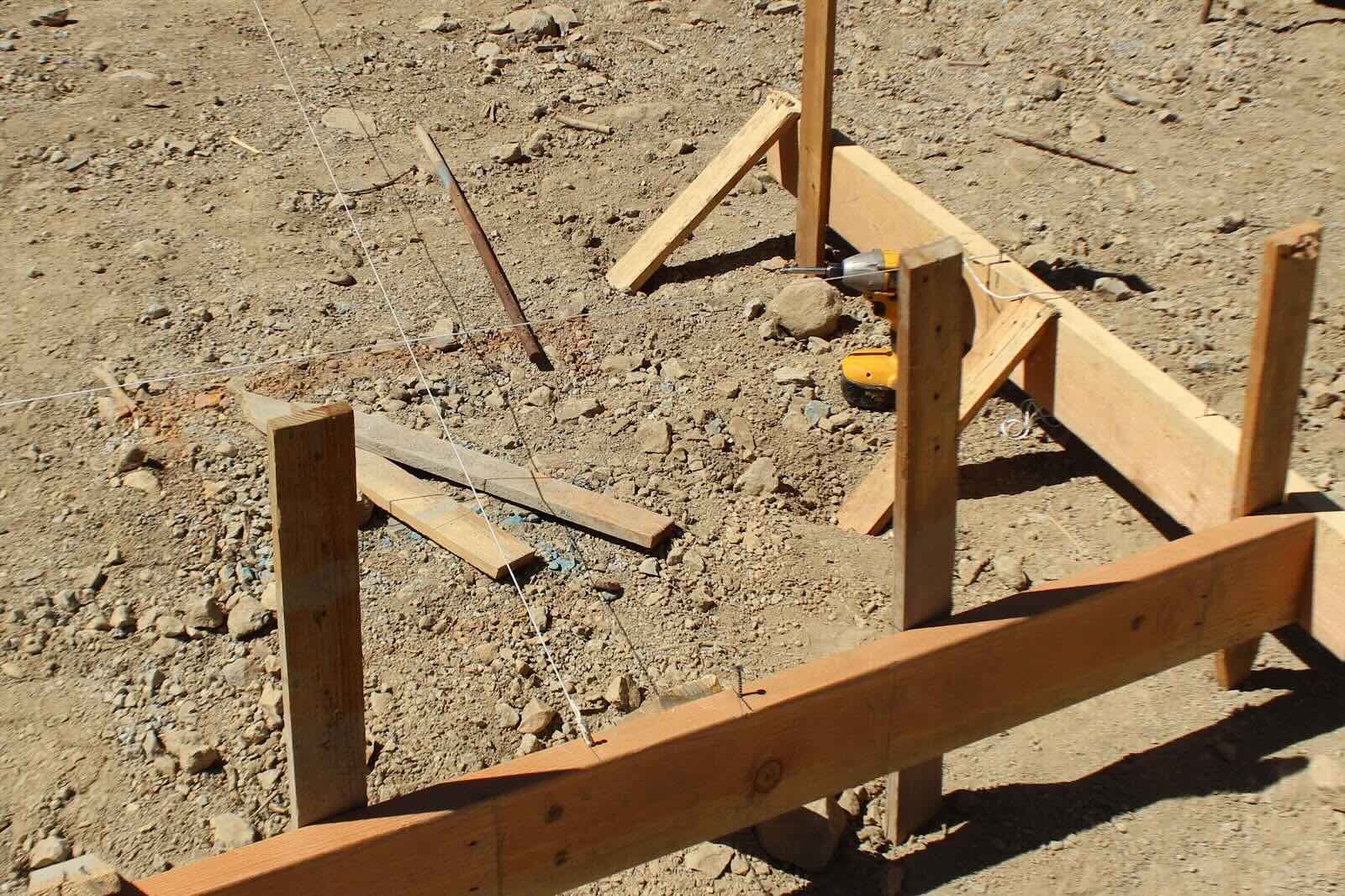
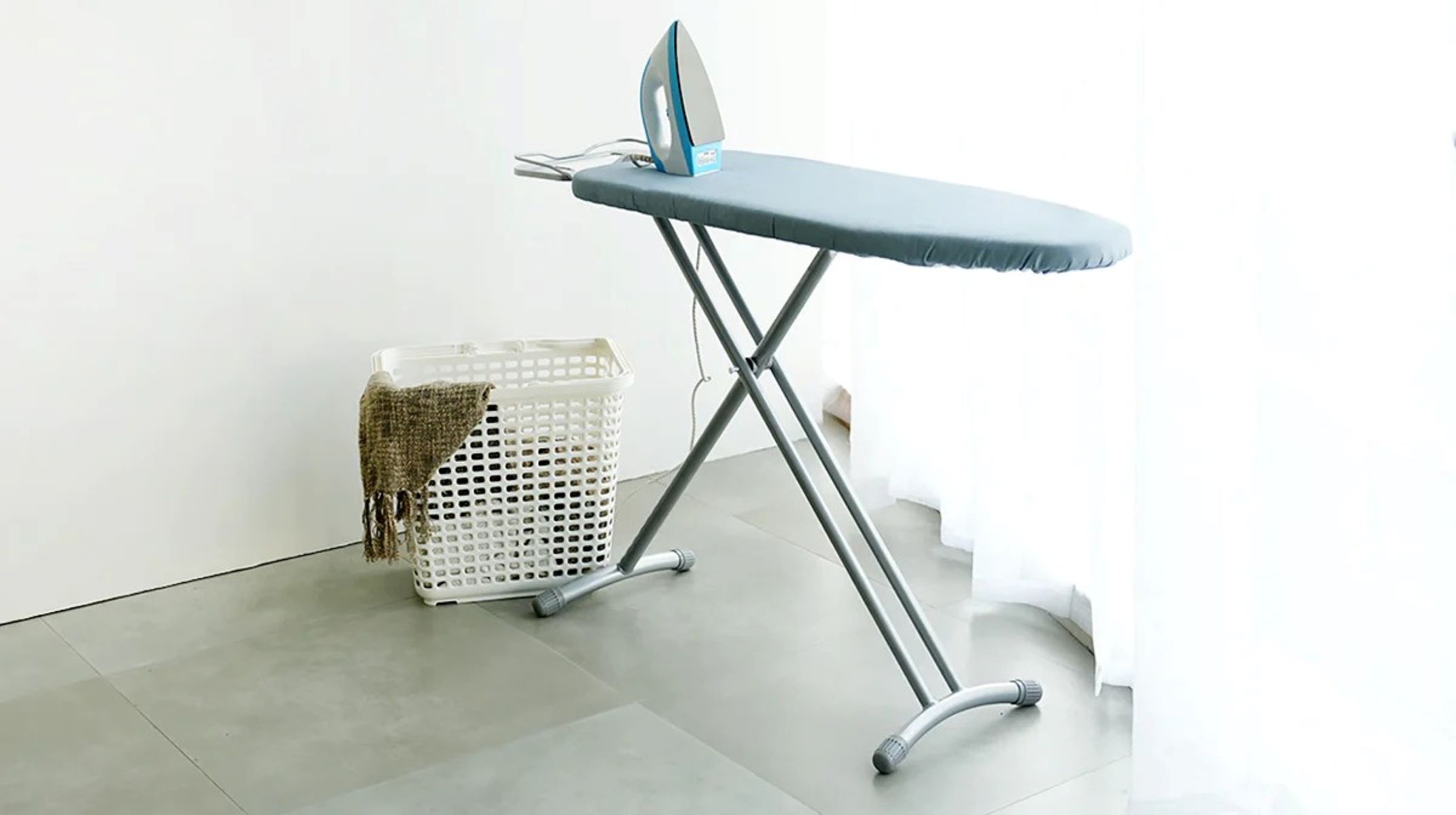

0 thoughts on “What Is Batten Board Siding”